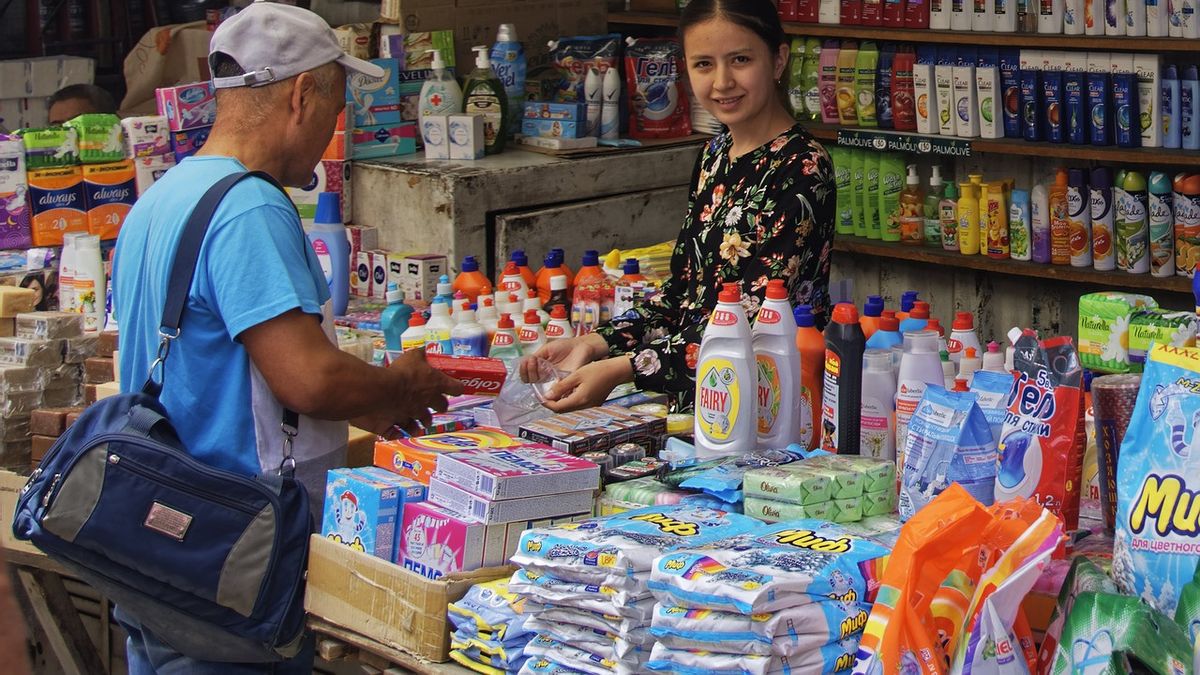How is the Exchange Rate Defined?
Exchange rates play a pivotal role in the global economy, facilitating trade, investment, and tourism between countries. An exchange rate is essentially the value of one country’s currency in comparison to another. Understanding how exchange rates function is crucial for anyone involved in international transactions or those simply curious about financial dynamics on the global stage.
Understanding the Mechanics of Exchange Rates
To grasp the concept comprehensively, envision traveling from the United States to France. Upon arrival, converting American dollars (USD) into euros (EUR) becomes necessary. The rate at which this conversion occurs is the exchange rate. If the current exchange rate is 1 USD to 0.85 EUR, for every dollar, you’ll receive 0.85 euros. This seemingly simple transaction is underpinned by a complex financial ecosystem.
Elements Affecting Currency Exchange Rates
Supply and Demand: Like any commodity, currencies are subject to supply and demand forces. If demand for a currency increases, its value rises. Conversely, if demand decreases, its value falls. For instance, if the European Union experiences robust economic growth, demand for euros may increase, strengthening its value against other currencies.
Inflation Rates: Currencies from countries with lower inflation rates tend to appreciate over time compared to currencies from countries with higher inflation rates. Lower inflation typically enhances a currency’s purchasing power, making it more attractive to investors and traders.
Interest Rates: A country’s interest rates also influence its currency value. Higher interest rates provide lenders a higher return relative to other countries, attracting foreign capital and causing the currency to strengthen. However, high rates can sometimes lead to inflationary pressures, which may eventually affect exchange rates adversely.
Types of Exchange Rate Systems
Floating Exchange Rate: Within this framework, the value of a currency varies based on market conditions. Many leading economies, such as the United States, employ a floating system. In this scenario, the currency’s value can change daily due to market dynamics, with no direct interference from the government.
Fixed Exchange Rate: Alternatively, some currencies are pegged at a fixed rate to a stable currency like the U.S. dollar or gold. This system is used to stabilize a currency’s value, particularly in smaller nations or those with underdeveloped economies. However, maintaining a fixed rate requires significant reserves and can pose economic challenges.
Managed Float: Referred to as a dirty float, this approach merges aspects of both floating and pegged systems. At times, governments step in to maintain or enhance their currency’s worth through financial strategies or by buying and selling currencies in the market.
The Impact of Exchange Rates on Global Business
Exchange rates hold the potential to greatly influence a country’s economic landscape. For exporters, a depreciated local currency can make products more affordable for international purchasers, thereby potentially elevating sales figures. On the flip side, importers might experience a rise in costs as foreign goods become pricier. Currency volatility can also have implications for multinational corporations, impacting financial statements, evaluation of assets, and long-term financial strategies.
During periods of high volatility, businesses often seek to hedge against currency risks. This involves financial instruments such as futures, options, and swaps to mitigate potential losses from adverse currency movements.
A Historical Perspective: The Bretton Woods System
To understand the development of today’s currency systems, it’s crucial to grasp the Bretton Woods Accord. Instituted after World War II, it linked global currencies to the U.S. dollar, which could be exchanged for gold. While this system brought stability, it was phased out in the 1970s, resulting in the rise of contemporary exchange rate models.
Contemplating currency exchange rates provides understanding into economic well-being, effectiveness of government actions, and potential investment avenues. Whether involved in overseas travel, participating in worldwide trade, or enhancing financial awareness, the complexities of currency valuation unmistakably highlight its worldwide significance. By grasping these dynamics, people and companies can more confidently manage the complexities of international markets.



